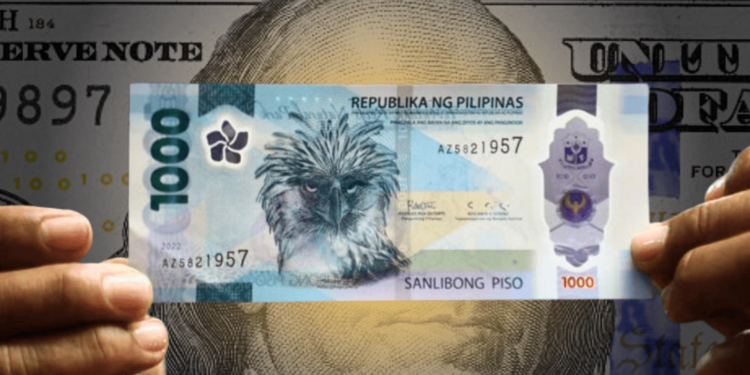The Philippine peso plunged to its lowest level on record, closing at ₱59.13 against the US dollar on October 28, 2025, surpassing the previous all-time low set in 2022. The historic drop reflects the combined weight of global monetary pressures and deepening domestic fiscal credibility problems tied to a massive infrastructure spending scandal.
According to data from the Bangko Sentral ng Pilipinas (BSP), this is the weakest peso level since the country shifted to a floating exchange rate in October 1984, when the Marcos Sr. administration abandoned the fixed peso-dollar peg amid a debt crisis. The move meant the currency’s value would no longer be dictated by the state but determined by market forces, leaving it more vulnerable to both external shocks and domestic weaknesses.
BSP responded to the record low by emphasizing its long-standing foreign exchange policy. “The Bangko Sentral ng Pilipinas allows the exchange rate to be determined by market forces,” the central bank said. “We continue to maintain robust reserves. When we do participate in the market, it is largely to dampen inflationary swings in the exchange rate over time rather than to prevent day-to-day volatility.”
The peso’s plunge comes as the US dollar strengthens globally on the back of the US Federal Reserve’s aggressive rate stance. But unlike previous downturns, this drop is happening against the backdrop of a multibillion-peso flood control scandal that has revealed anomalous contracts, recycled project designs, and ghost infrastructure works, now under scrutiny in congressional and technical investigations.
BSP acknowledged the weight of domestic factors, stating, “The recent peso depreciation may reflect market concerns over a potential moderation in economic growth, driven in part by the infrastructure spending controversy, as well as expectations of additional BSP monetary policy easing.”
The peso has weakened sharply during moments of economic stress before: ₱46.50 during the 1997 Asian Financial Crisis, ₱56.45 in 2004 amid fiscal instability, and ₱59.00 in 2022 during global inflation. But the ₱59.13 exchange rate now stands as the weakest in Philippine history, setting a new record since the currency was allowed to float.
The depreciation is expected to drive up the cost of imported goods, fuel, and foreign debt repayments, placing further pressure on household budgets. BSP sought to temper market anxiety, saying, “The peso continues to be supported by resilient remittance inflows, still relatively fast economic growth, low inflation, and ongoing structural reforms.”












